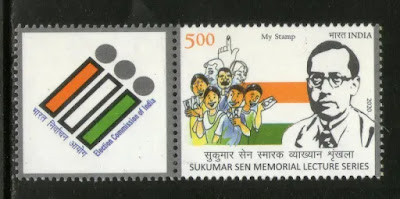Queen Elizabeth, any one of three ships belonging to the British Cunard Line that successfully crossed over from the age of the transatlantic ocean liner to the age of the global cruise ship.
RMS Queen Elizabeth, ocean liner of the Cunard–White Star line. It was launched in 1938 as the sister ship to the Queen Mary and served as a wartime troop transport, transatlantic ocean liner, and cruise ship until 1968. It burned during refitting in Hong Kong in 1972.
The first Queen Elizabeth, which was the sister ship of the Queen Mary, was one of the largest passenger liners ever built. Launched in 1938 and used as a troopship during World War II, it entered the regular transatlantic service of the Cunard Line in 1946. The ship was 1,031 feet (314 metres) long and 118.5 feet (36 metres) wide and had a draft of 38 feet (11.6 metres) and an original gross tonnage of 83,673. The Queen Elizabeth was retired in 1968 and sold for conversion to a seagoing university, but it burned and sank on 09 January 1972 during refitting at Hong Kong.









